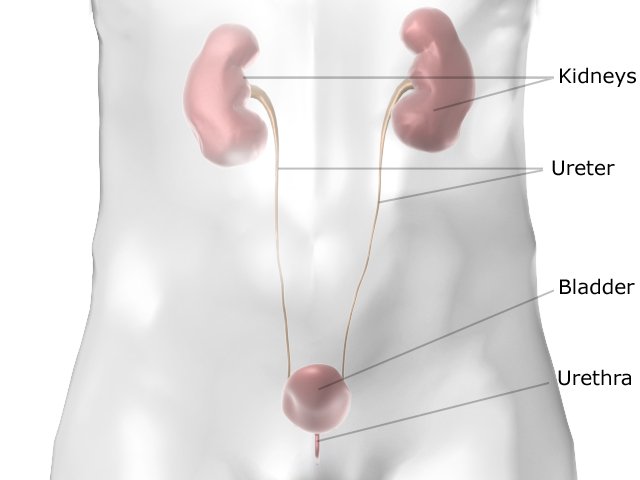How does the urinary system work?
The main organs of our urinary system are the kidneys – our body’s “sewage treatment plants”: They filter toxins out of the body, as well as other substances that we no longer need. These waste products leave your body in the urine produced in your kidneys. This is how water and substances like urea, uric acid, salts and amino acids are removed from the blood. Every day, all of the blood in your body (between five and six liters) passes through the kidneys about 300 times. So your kidneys filter about 1,700 liters of blood per day in total. This leads to the daily production of about 170 liters of primary urine (glomerular filtrate) – which later becomes urine.
Inside the kidney there is a renal medulla, which has small tubules and larger collecting tubes running through it. As the primary urine flows through this system of tubes, the kidney cells re-absorb about 99 percent of the fluid in it, as well as many substances that can still be used, and at the same time release other substances. About 1.7 liters of urine are produced like this each day. The urine passes from the kidneys through the ureter into the urinary bladder, where it is stored.

